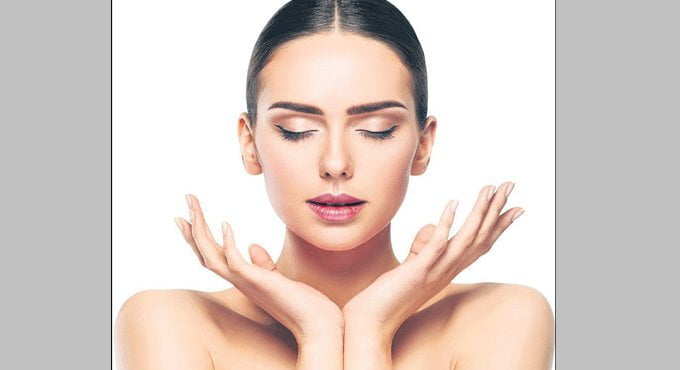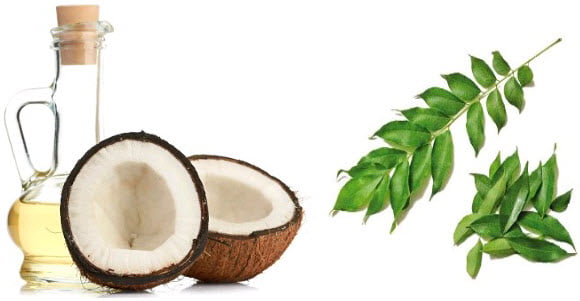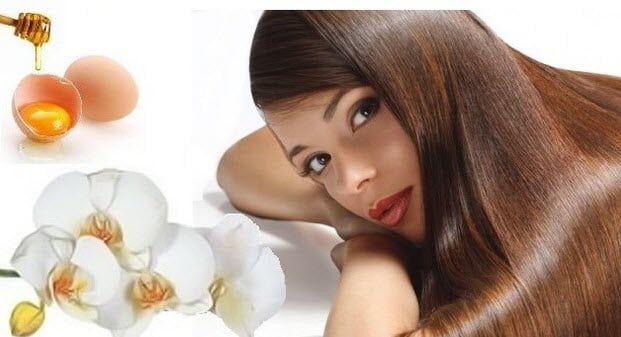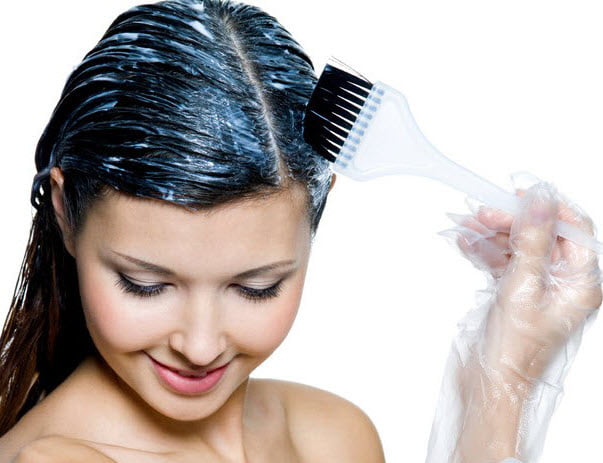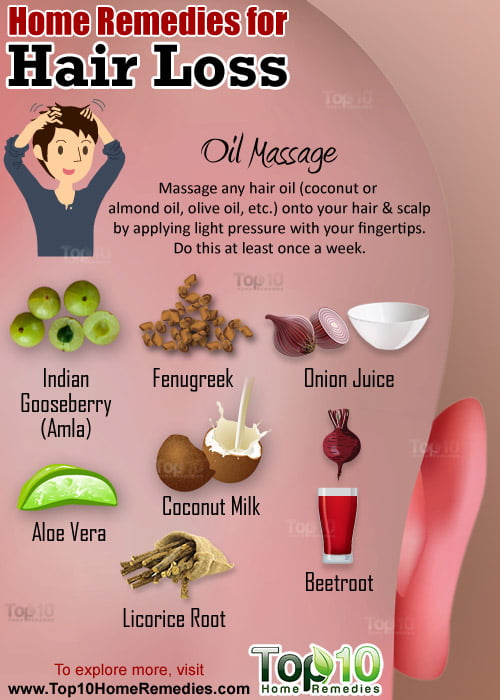
Skin analysis is the part of a professional facial when theesthetician covers your eyes with cool cotton pads and looks at your skin underneath a brightly lit “mag lamp” to determine yourskin type, skin conditions, and the best course of treatment.
Even before she touches you, a good esthetician can easily see conditions such as: oily, congested skin with breakouts; dry, dull, aging skin; red or highly sensitive skin; and fine lines and wrinkles. If it’s your first visit, she will likely ask you to fill out a form that includes questions about your skin concerns, diet, medications and so on, so that she can determine what’s most important to you.
Once you’re on the table, the treatment usually starts by the esthetician wrapping your hair with a towel or headband. She begins the facial with a thorough cleansing, using cotton pads, esthetician wipes or sponges. This removes all traces of make-up, which can mask blackheads, uneven skin tone, broken capillaries.
During the cleansing, the esthetician will feel more things with her hands: how smooth or rough your skin is; extreme dryness; whether you have breakouts or bumps, and where they are; firmness vs. sageness; and whether you easily turn red from being touched.
Using The Magnifying Lamp
Next comes the in-depth skin analysis, which takes place through a magnifying lamp surrounded by a bright light. The magnifying lamp is also known as a “loupe.” It allows the esthetician to clearly see your skin in detail, including all the things that are masked by make-up or are too small for the eye to easily see.
Before using it, the esthetician will cover your eyes, usually with cool cotton eyepads, and will warn you that a bright light is coming. Then she pulls it into position over your face for the detailed skin analysis. She takes a good long look at each part of your face, touching it as she works. She will move your head from side to look at it from another angle.
During the skin analayis, the esthetician should tell you what she sees, including what is positive about your skin, and how it can be improved. She may have some questions, such as whether something has always been there, or has appeared recently. He should tell you what kind of treatment he recommends based on what he sees, and get your agreement. He should also let you know if there is anything he sees that should be looked at by a dermatologist.
What An Esthetician Looks For During Skin Analysis
Skin Type: This is the oily, dry, combination, and normal system that was first developed by Helena Rubenstein in the early 20th century and is still in use. Your skin type is based primarily on how much oil is produced by the skin. While it is genetically determined, it can also change over time. Skin becomes dryer as we age, for instance.
To some extent, your skin type will determine what kind of products, techniques and treatments the esthetician uses. Many people also consider “sensitive” a skin type. Sensitive skin tends to be red and easily aggravated by heat, sun, spicy foods and chemicals and fragrances in commercial skin care products.
Skin Conditions: Skin conditions include acne, blackheads, whiteheads, wrinkles, sun damage, dehydration, wrinkles, poor elasticity and rosacea. The esthetician should discuss what she sees, and explain what she can do for you in the facial treatments.
An esthetician will be looking for blackheads and milia (whiteheads) because she can take them out, or extract them. This is one of the main reason someone gets a facial and one of the main things the esthetician has been trained to do, safely.
He will also be looking for any conditions that might affect how he proceeds. If skin has a reddened appearance or lots of broken capillaries, steam will be used judiciously and extractions will have to take place with very little pressure.
Our skin is a lot more complicated than it appears, and different people have different reactions to the same products. It’s fine to get a nice relaxing facial at a reputable resort spa if you’re on vacation, but for ongoing care it is better to find a local esthetician where you live who can get to know your skin over time. You’ll get better results that way.





